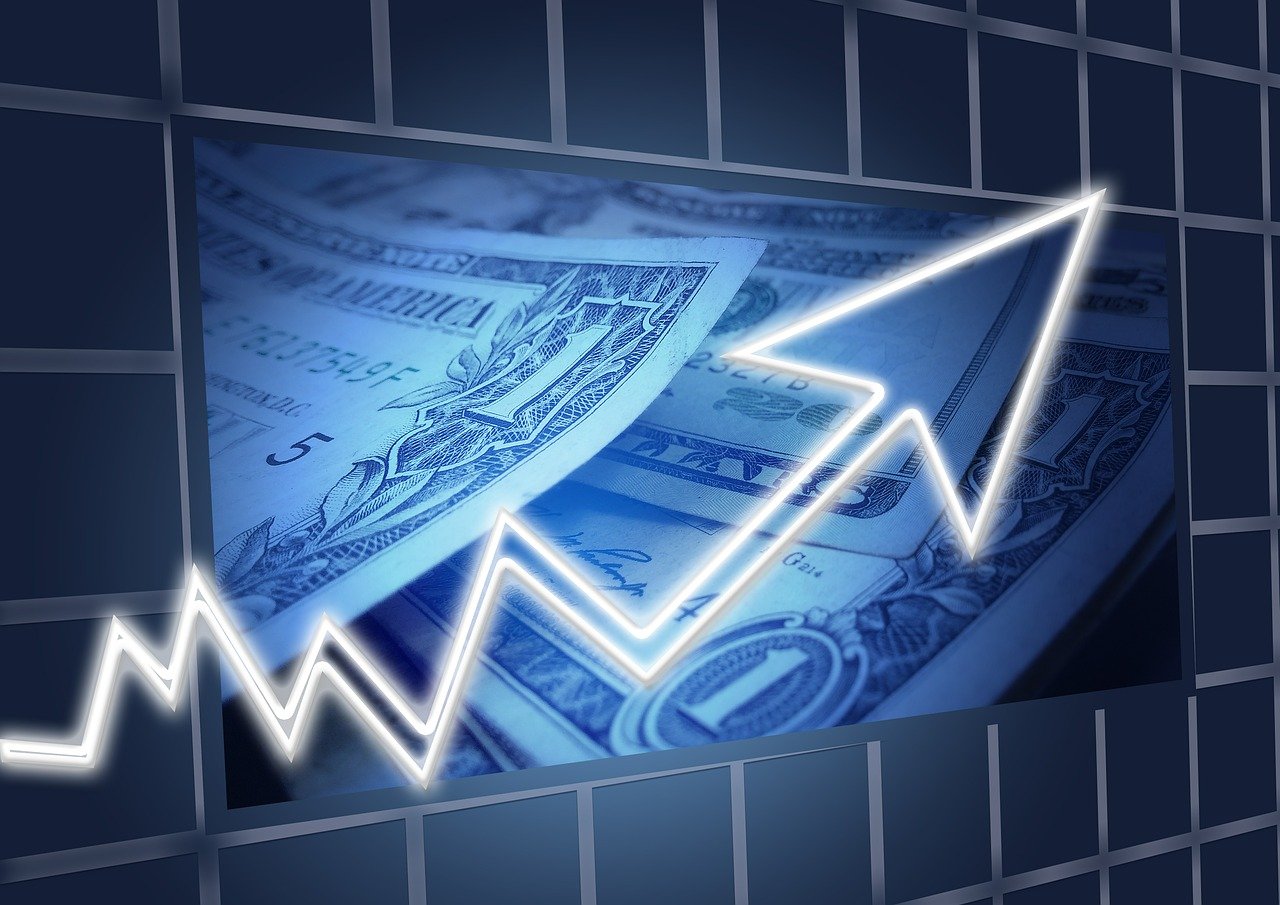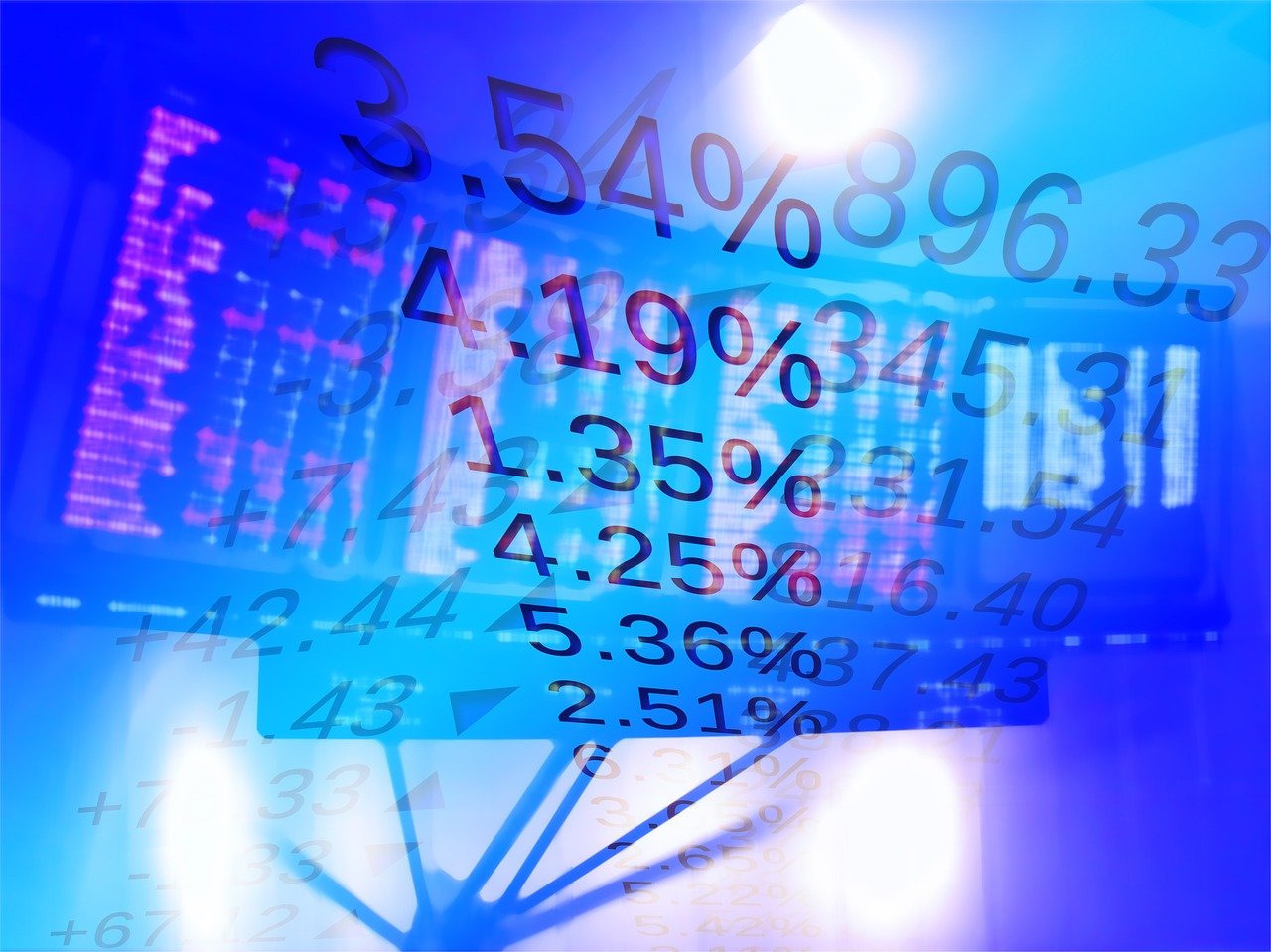The US economic calendar is a comprehensive schedule that lists key economic events, government reports, and data releases relevant to the American economy. It highlights key indicators such as GDP growth, the consumer price index (CPI), retail sales, the unemployment rate, and interest rate announcements from the Federal Reserve.
Each event is typically shown with its scheduled time, the forecasted value, the previous figure, and the actual result once it’s released. This setup enables traders to prepare in advance of the announcement and analyze its impact afterward. Essentially, the calendar provides both a warning and an opportunity, helping users act based on information rather than emotion.
Table of Contents
Why the US Economic Calendar Matters So Much
The United States has one of the largest and most influential economies in the world. Data from the US often sets the tone for global market sentiment. A single announcement, such as a change in the Federal Funds Rate or an unexpected drop in consumer spending, can ripple across international stock, currency, and commodity markets.
For traders and investors, the US economic calendar is not just a list of events; it’s a map of potential volatility. Knowing when major announcements are due allows for smarter planning, better timing, and more informed strategies.
Consider this: when the Bureau of Labor Statistics releases the monthly Non-Farm Payrolls report, markets can experience sharp movements within seconds. A trader aware of the timing can decide whether to close positions before the data hits or to prepare for quick reactions afterward.
The Structure and Features of a Reliable US Economic Calendar
Modern financial platforms offer a highly interactive version of the US economic calendar, making it easy to stay up-to-date. Here are the main components that make it useful:
- Event Categorization
Events are categorized by importance, ranging from low to medium to high impact, allowing users to prioritize the most market-moving releases.
- Real-Time Updates
Once the data is released, the calendar automatically updates the “actual” figures, allowing for almost instantaneous market reactions.
- Forecasts and Historical Data
Comparing forecasted values with previous and actual results helps traders identify economic trends and measure the element of surprise.
- Filtering Tools
Users can filter events by category (e.g., inflation, employment, manufacturing), by impact level, or by date range to match their trading focus.
- Time Zone Adjustments
Since markets operate globally, the ability to view events in one’s own time zone is crucial for proper timing.
These features transform a static list into a dynamic decision-support system for traders, analysts, and investors alike.
How Traders Use the US Economic Calendar Strategically
Every trading strategy can benefit from the insights provided by the US economic calendar. Here are some practical ways professionals integrate it into their workflow:
- Avoiding Unnecessary Volatility
Traders often refrain from opening new positions right before major reports, such as GDP data or Federal Reserve meetings, to avoid unpredictable swings.
- Positioning for Opportunities
Some traders plan trades around these events, using volatility to capture quick price movements when results differ from expectations.
- Understanding Market Sentiment
By analyzing how markets react to each release, traders can gauge whether investors are optimistic or cautious about the direction of the economy.
- Building Long-Term Outlooks
Investors with longer horizons use the calendar to understand trends in inflation, consumer demand, or production output, which helps them predict economic cycles.
Common Mistakes to Avoid
While the US economic calendar is a powerful resource, many users fail to utilize it effectively. Common mistakes include:
- Ignoring Smaller Events
While major announcements grab headlines, smaller indicators like consumer confidence or housing starts can reveal early signs of change in economic conditions.
- Misinterpreting Data
Not every positive or negative number leads to a predictable reaction. Context matters. A “good” jobs report might cause stocks to fall if it increases the likelihood of higher interest rates.
- Trading Without Preparation
Entering trades right before high-impact releases without a plan often leads to losses, as volatility can wipe out positions within seconds.
Avoiding these pitfalls requires discipline and consistency, two traits that separate seasoned traders from beginners.
How the US Economic Calendar Benefits Different Market Participants
The value of the calendar extends beyond professional traders. Here’s how different users benefit:
- Forex Traders:
They closely monitor it for data that influences the US dollar, such as inflation and interest rate updates.
- Stock Traders:
Corporate earnings may be important, but macroeconomic data often drives entire sectors. For instance, retail sales data can influence consumer goods stocks.
- Commodity Traders:
Reports on industrial production and inflation can impact commodities such as oil, gold, and agricultural products.
- Investors and Analysts:
They rely on the calendar to interpret broader economic conditions, helping guide asset allocation and risk management strategies.
Integrating the US Economic Calendar into Your Routine
Making full use of the US economic calendar involves developing a simple yet effective routine:
- Review Key Events Weekly:
Identify the major releases that could affect your preferred markets.
- Set Alerts:
Utilize notifications or reminders to stay informed about upcoming events, particularly those with high impact.
- Compare Actual vs. Forecast Data:
Understand how markets respond to surprises and track which indicators carry the most influence.
- Adjust Strategy Accordingly:
Modify stop losses, entry points, or hedge positions before volatile data releases.
Over time, this practice not only helps in managing risks but also enhances decision-making accuracy.
The Broader Significance of Economic Awareness
Keeping track of the US economic calendar is not just about trading; it’s about understanding the pulse of the global economy. Economic indicators reflect the strength and direction of national growth, consumer behavior, and industrial activity.
Being informed means being prepared, whether you’re managing a portfolio, running a business, or simply following financial news.
The Role of Technology in Simplifying Data Tracking
Modern trading platforms have transformed how users interact with economic data. Real-time updates, mobile integration, and AI-based insights make it easier to analyze trends without spending hours interpreting spreadsheets.
Instead of manually searching for data, users now receive curated insights that match their trading preferences.
By combining smart technology with financial acumen, traders can approach markets with greater confidence and make data-driven decisions with precision.
Conclusion
In an ever-changing financial landscape, the difference between success and uncertainty often lies in preparation.
The US economic calendar serves as a crucial compass, guiding traders and investors through a sea of information with clarity and structure. By keeping an eye on key economic events, one can anticipate shifts, minimize risks, and uncover opportunities before they become apparent to others.
For those seeking an advanced and user-friendly platform to track these updates, TradingView offers one of the most comprehensive calendars available today. With real-time updates, intuitive filters, and global coverage, it allows traders to stay informed and responsive in a fast-paced market environment.
Explore TradingView’s powerful tools to monitor upcoming events, analyze data effectively, and make every trading move count.
INTERESTING POSTS
About the Author:
John Raymond is a cybersecurity content writer, with over 5 years of experience in the technology industry. He is passionate about staying up-to-date with the latest trends and developments in the field of cybersecurity, and is an avid researcher and writer. He has written numerous articles on topics of cybersecurity, privacy, and digital security, and is committed to providing valuable and helpful information to the public.










